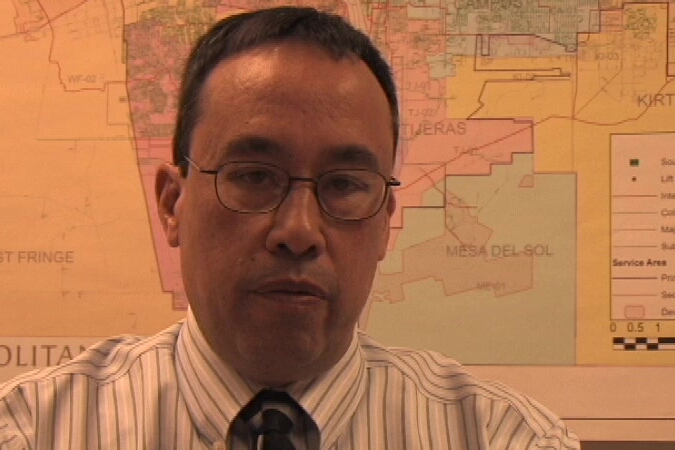6.8 Balancing O&M and CIP Costs
Utilities should strive to achieve a balance between operation and maintenance costs and capital expenditures. Spending more in one area can impact the expenditures in the other. For example, spending more on maintenance can extend the life of an asset and forestall a capital expenditure for a period of time. Alternatively, if assets are replaced frequently, these capital expenditures reduce the need for maintenance. Consider the example of a car. A car can be kept in service for 15 years or more if regular and preventative maintenance is performed. In this case, the expenditures on maintenance would be high but the expenditures on capital would be very low. The opposite mode of managing the car would be to purchase a new car every 2 years. In this case, there is very little need to do any maintenance at all, even oil changes. Besides adding gas, the car would likely run for two years without maintenance. In this case, the expenses for maintenance would be minimal, but the expenses for capital would be extremely high. Consider the expenses associated with each type of operation as shown below:
Example 1: Maintaining Car for a 15 Year Life
- Initial Cost of Car: $18,000
- Maintenance Cost
-
* Average $100/month years 1 to 5
* Average $200/month years 6 to 10
* Average $300/month years 11 to 15
Example 2: Buying a new car every 2 years.
- Initial Cost of Car: $18,000
- New Car every two years at $18,000/each
- Maintenance Cost: Average $5/month
Although these two modes of managing the car represent extremes, they are illustrative of the point that, generally, spending more on operation and maintenance and less on capital is the least cost method of managing assets. However, the risk of failure is somewhat higher with this type of management.
This risk is one reason to shift the balance in one direction or the other. When an asset is extremely high risk (high criticality,) the risk associated with the failure may be so great that the asset needs to be replaced sooner and the potential to keep it in service with maintenance may be reduced.
Another factor affecting the balancing between capital and O&M is the ability of the utility staff to manage the maintenance required to keep the asset in service.



